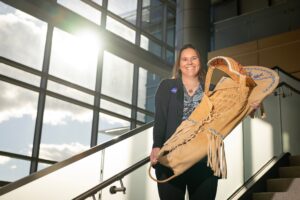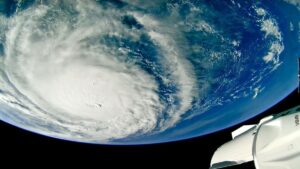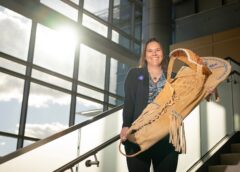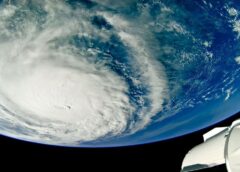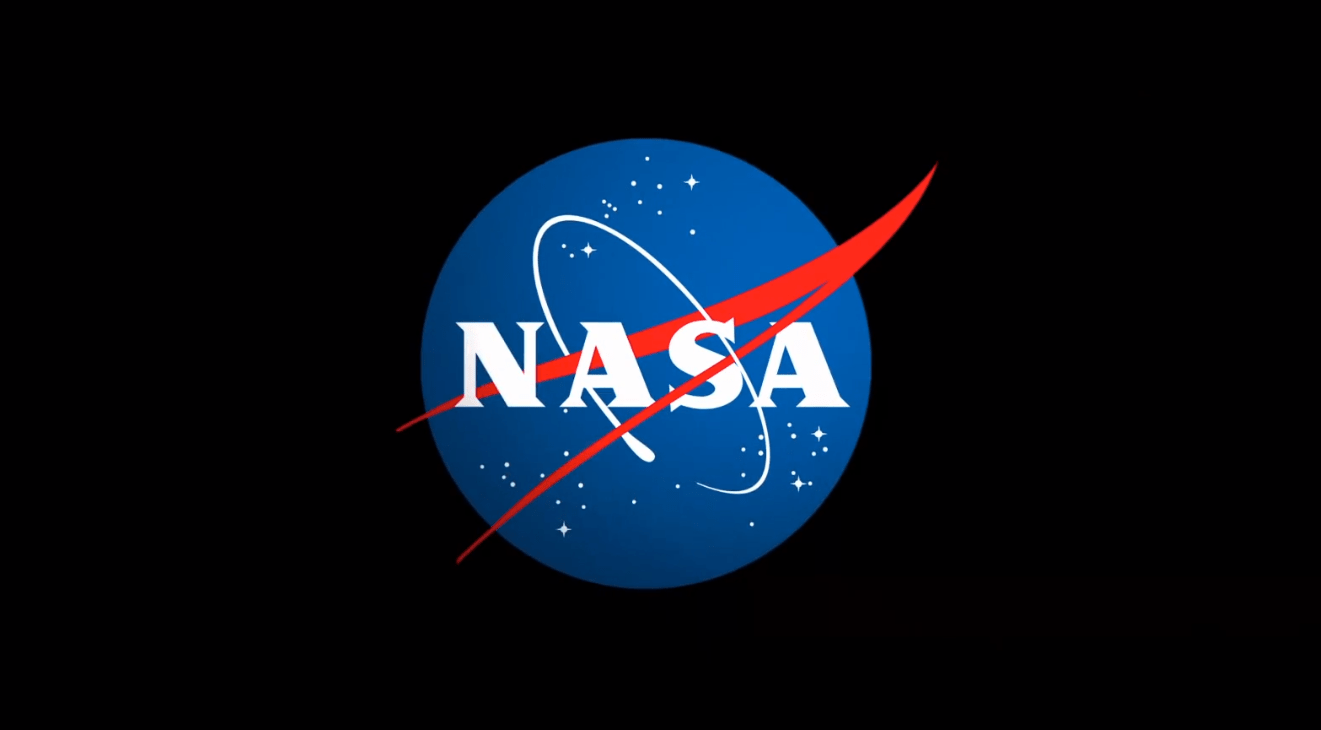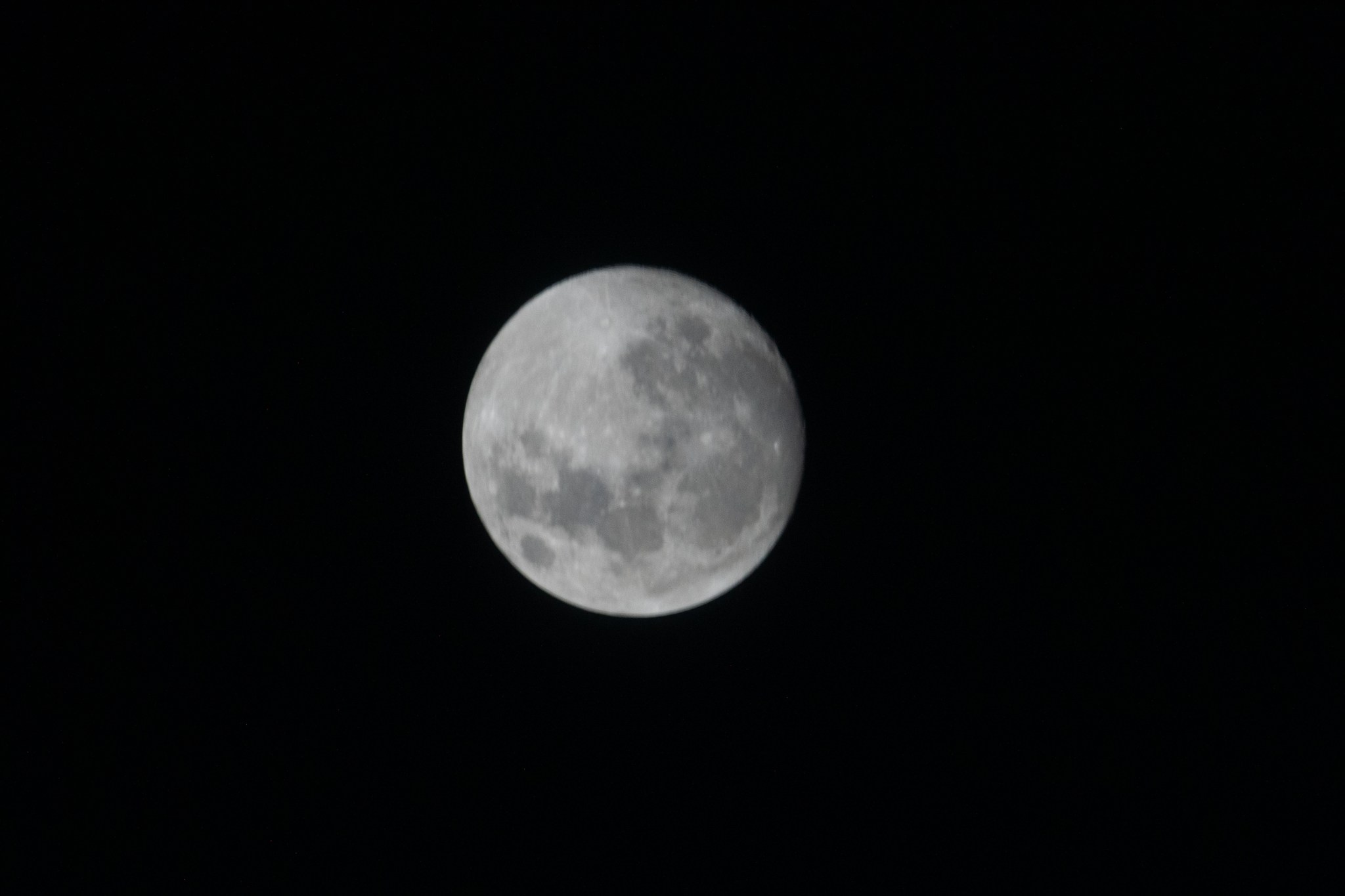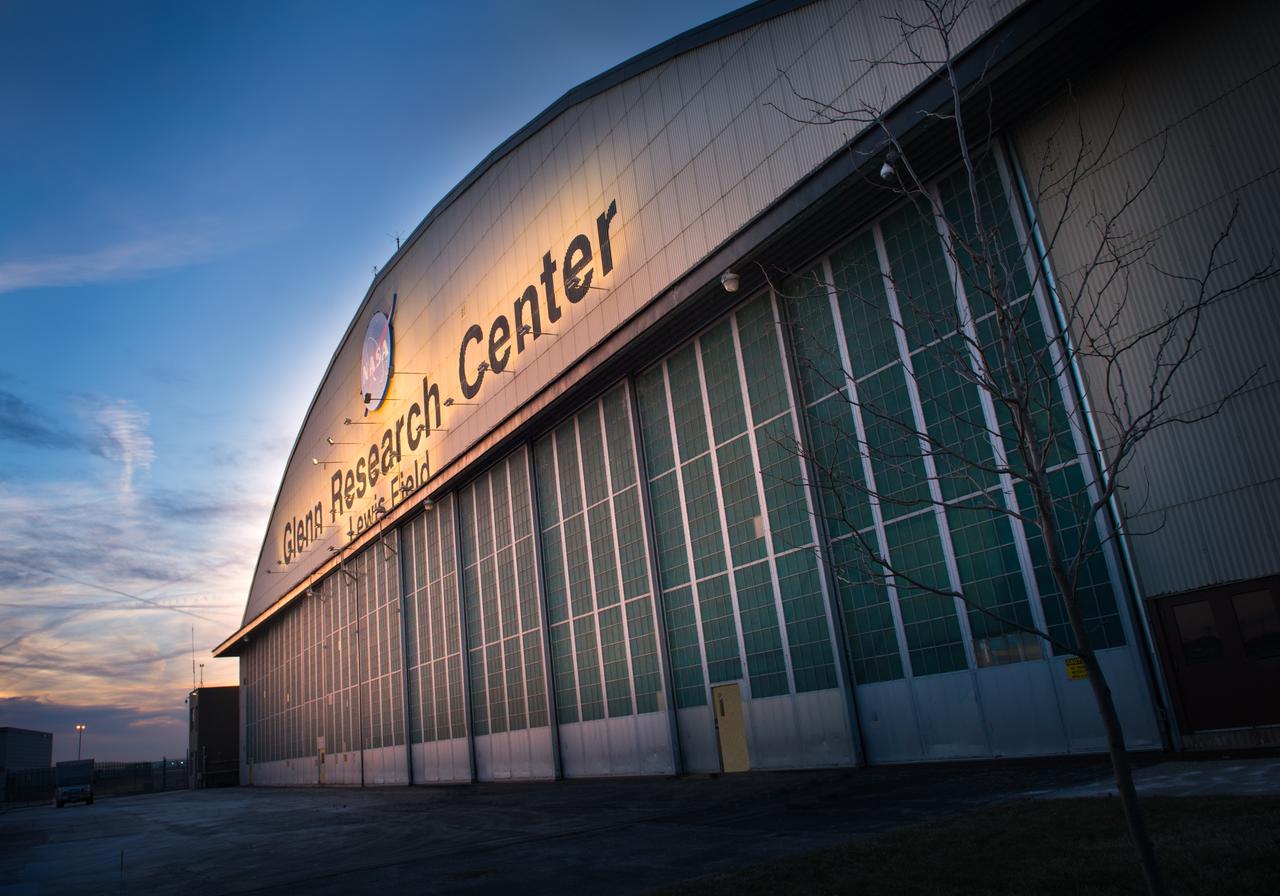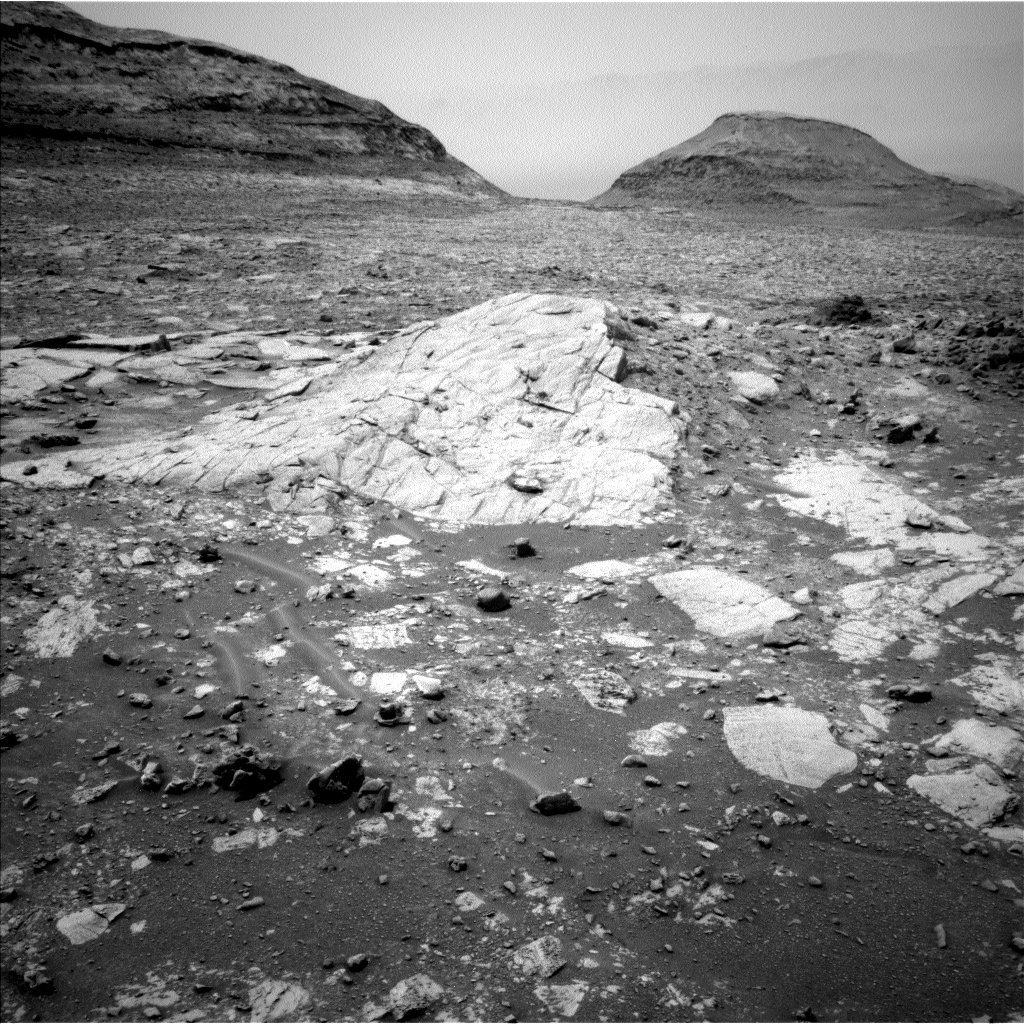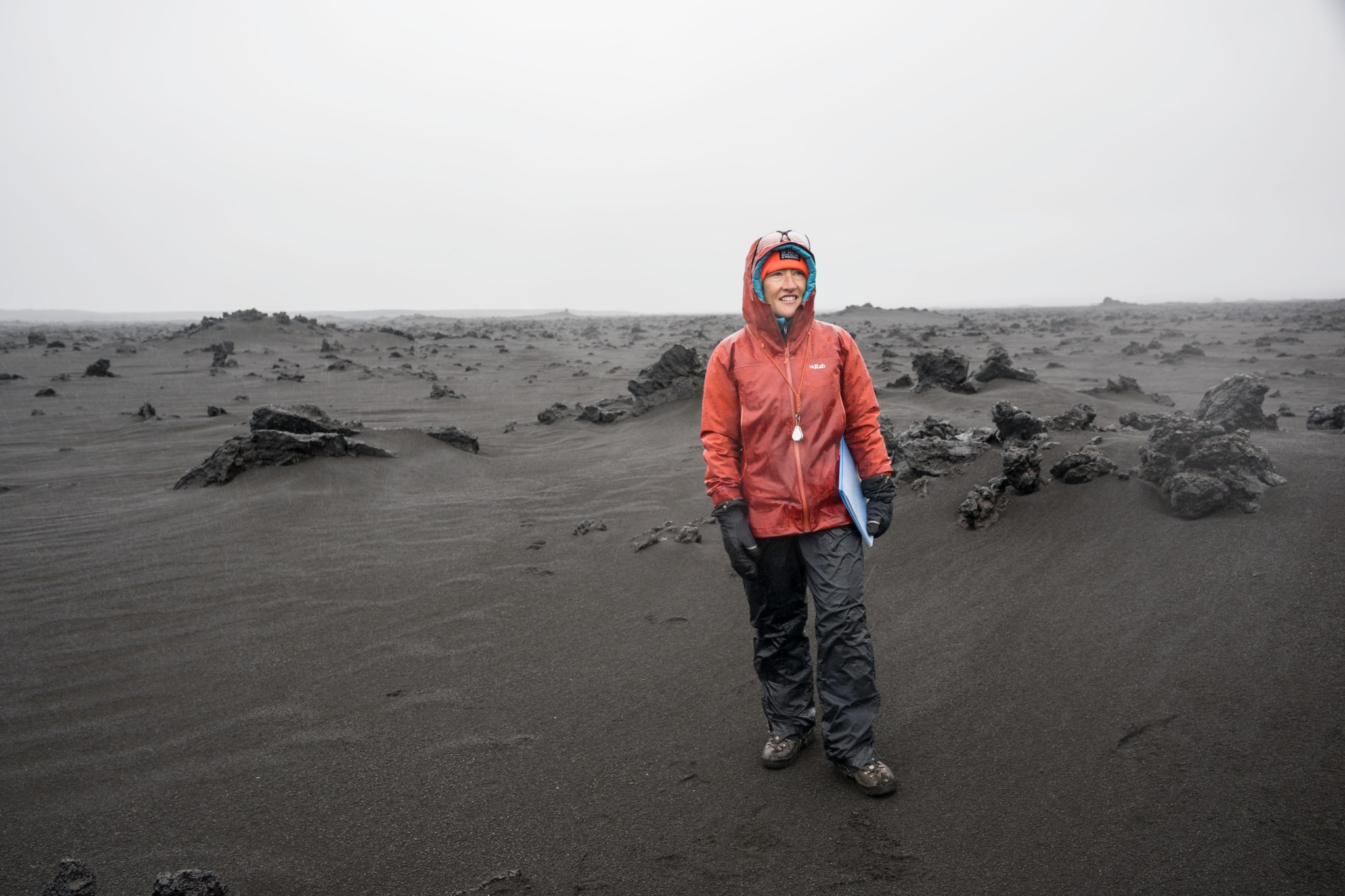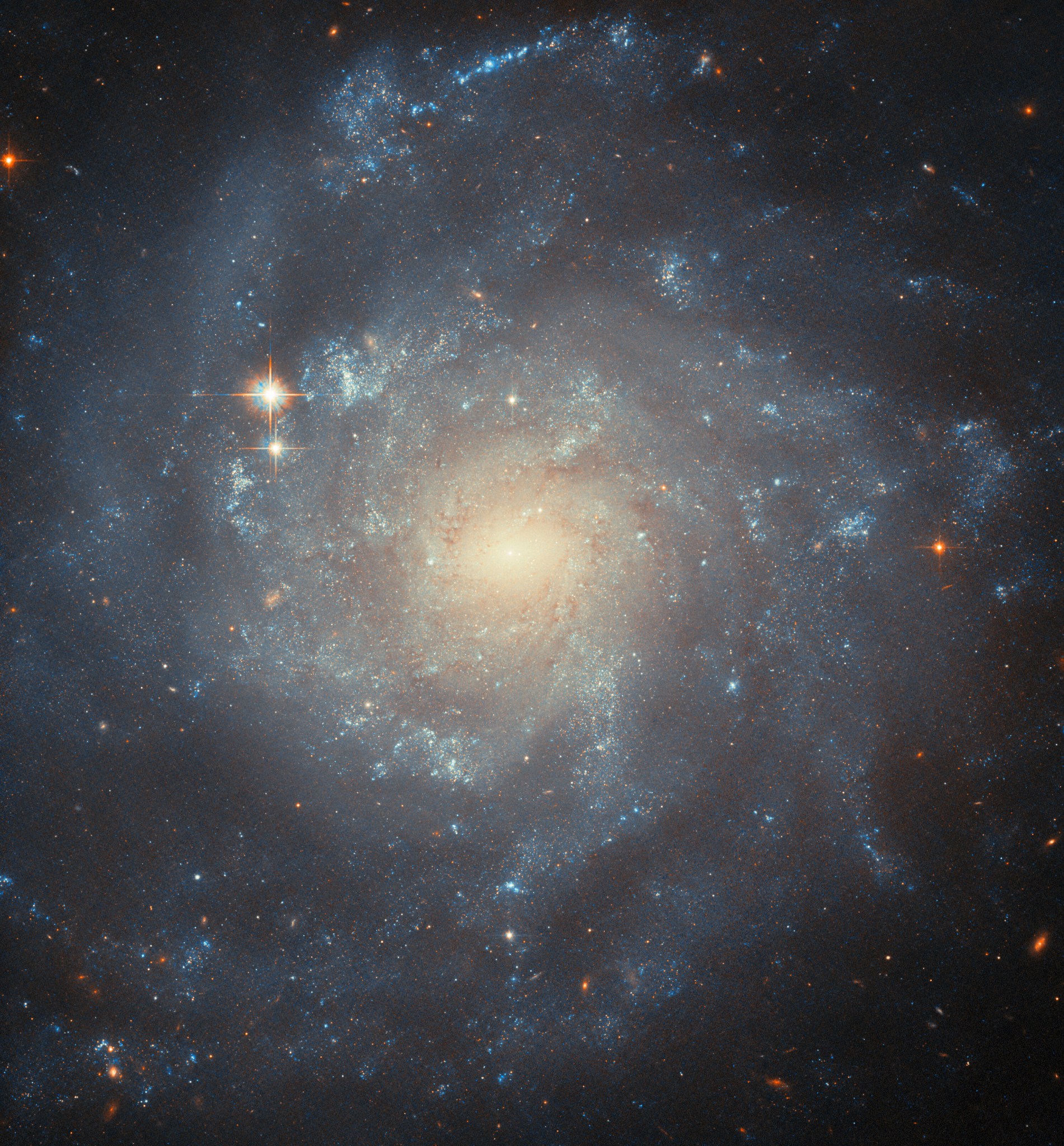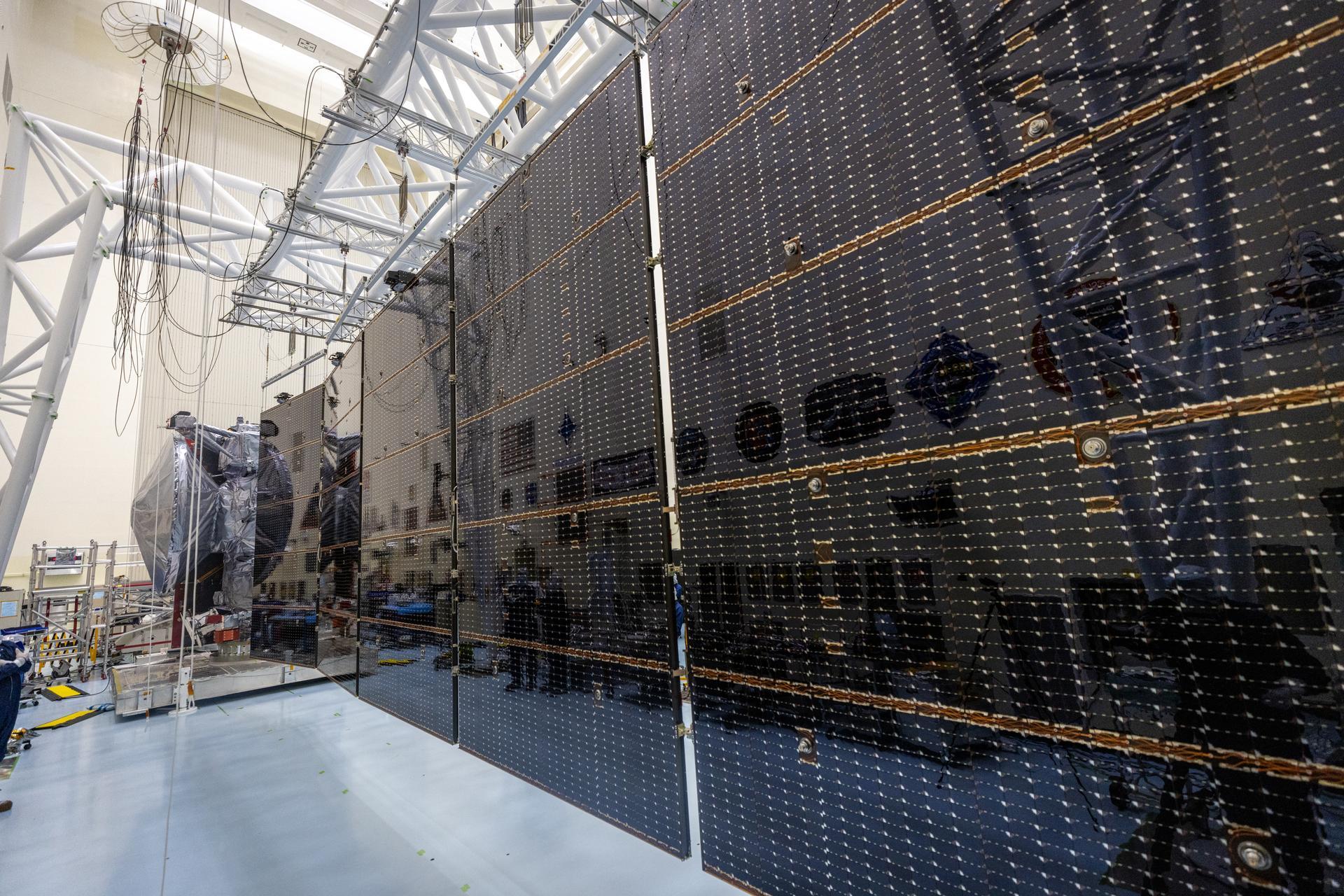Credit: NASA NASA has awarded the NASA Academic Mission Services 2 (NAMS-2) contract to Crown Consulting Inc., of Arlington, Virginia, to provide the agency’s Ames Research Center in California’s Silicon Valley, aeronautics and exploration technology research and development support. NAMS-2 is a single award hybrid cost-plus-fixed-fee indefinite-delivery indefinite-quantity contract with a maximum potential value of $121 million. The contract begins Tuesday, Oct. 1, 2024, with a 60-day phase-in period, followed by a two-year base period, and options to extend performance through November 2029. Under this contract, the company will support…
Read MoreThe best 70s sci-fi movies
When it comes to the best 70s sci-fi movies, the decade grabbed the baton passed by the decades that came before and ran away with it, ten-fold. It’s the decade where franchises were born – from deadly xenomorphs to intergalactic adventures and it was also a time where technology offered new possibilities to cinematic endeavors. While it was a solid decade for filmmaking in general, the sci-fi genre really got a chance to expand to new heights. In the 1970s, directors were given the chance to test out some other-worldly…
Read MoreWaxing Gibbous Moon over Minnesota
NASA, ESA/Matthias Maurer An astronaut aboard the International Space Station snapped this picture of the Moon as the station orbited 265 miles above the U.S. state of Minnesota on Dec. 17, 2021. Astronauts aboard the orbital lab take images using handheld digital cameras, usually through windows in the station’s cupola, for Crew Earth Observations. Crew members have produced hundreds of thousands of images of the Moon and Earth’s land, oceans, and atmosphere. On Saturday, Sept. 14, 2024, International Observe the Moon Night, everyone on Earth is invited to learn about…
Read MoreNASA’s Lunar Challenge Participants to Showcase Innovations During Awards
The Sun rises above the Flight Research Building at NASA’s Glenn Research Center in Cleveland. Credit: NASA Editor’s note: This media advisory was updated Friday, Sept. 13, 2024, with a correct phone number for the media contact at NASA’s Glenn Research Center. NASA‘s Watts on the Moon Challenge, designed to advance the nation’s lunar exploration goals under the Artemis campaign by challenging United States innovators to develop breakthrough power transmission and energy storage technologies that could enable long-duration Moon missions, concludes on Friday, Sept. 20, at the Great Lakes Science…
Read MoreSols 4302-4303: West Side of Upper Gediz Vallis, From Tungsten Hills to the Next Rocky Waypoint
Curiosity Navigation Curiosity Home Mission Overview Where is Curiosity? Mission Updates Science Overview Instruments Highlights Exploration Goals News and Features Multimedia Curiosity Raw Images Images Videos Audio More Resources Mars Missions Mars Sample Return Mars Perseverance Rover Mars Curiosity Rover MAVEN Mars Reconnaissance Orbiter Mars Odyssey More Mars Missions The Solar System The Sun Mercury Venus Earth The Moon Mars Jupiter Saturn Uranus Neptune Pluto & Dwarf Planets Asteroids, Comets & Meteors The Kuiper Belt The Oort Cloud 3 min read Sols 4302-4303: West Side of Upper Gediz Vallis, From…
Read MoreNASA Airport Throughput Prediction Challenge
Image Credit: BitGrit The Digital Information Platform (DIP) Sub-Project of Air Traffic Management – eXploration (ATM-X) is seeking to make available in the National Airspace System a variety of live data feeds and services built on that data. The goal is to allow external partners to build advanced, data-driven services using this data and to make these services available to flight operators, who will use these capabilities to save fuel and avoid delays. Different wind directions, weather conditions at or near the airport, inoperative runway, etc., affects the runway configurations…
Read MoreNASA’s Artemis II Crew Uses Iceland Terrain for Lunar Training
4 Min Read NASA’s Artemis II Crew Uses Iceland Terrain for Lunar Training Credits: NASA/Trevor Graff/Robert Markowitz Black and gray sediment stretches as far as the eye can see. Boulders sit on top of ground devoid of vegetation. Humans appear almost miniature in scale against a swath of shadowy mountains. At first glance, it seems a perfect scene from an excursion on the Moon’s surface … except the people are in hiking gear, not spacesuits. Iceland has served as a lunar stand-in for training NASA astronauts since the days of…
Read MoreHubble Examines a Spiral Star Factory
Hubble Space Telescope Home Hubble Examines a Spiral Star… Missions Hubble Home Overview About Hubble The History of Hubble Hubble Timeline Why Have a Telescope in Space? Hubble by the Numbers At the Museum FAQs Impact & Benefits Hubble’s Impact & Benefits Science Impacts Cultural Impact Technology Benefits Impact on Human Spaceflight Astro Community Impacts Science Hubble Science Science Themes Science Highlights Science Behind Discoveries Hubble’s Partners in Science Universe Uncovered Explore the Night Sky Observatory Hubble Observatory Hubble Design Mission Operations Missions to Hubble Hubble vs Webb Team Hubble…
Read MoreSpaceX’s Starship won’t be licensed to fly again until late November, FAA says
SpaceX’s Starship will be grounded for a while longer yet. Starship — the biggest and most powerful rocket ever built — flew for the fourth time in June, and SpaceX has been gearing up for flight number five ever since. But that test mission is probably still at least 2.5 months away, according to the U.S. Federal Aviation Administration (FAA). “SpaceX must meet all safety, environmental and other licensing requirements prior to FAA launch authorization,” agency officials said in an emailed statement to Space.com on Wednesday (Sept. 11). “A final license…
Read MoreTesting Europa Clipper’s Solar Arrays
NASA/Frank Michaux On Aug. 21, 2024, engineers and technicians deployed and tested NASA’s Europa Clipper giant solar arrays. Each array measures about 46.5 feet (14.2 meters) long and about 13.5 feet (4.1 meters) high. Europa Clipper is scheduled to launch Oct. 10, 2024, on the first mission to conduct a detailed science investigation of Jupiter’s moon Europa. Scientists predict Europa has a salty ocean beneath its icy crust that could hold the building blocks necessary to sustain life. Learn how this spacecraft’s solar arrays will power flybys. Image credit: NASA/Frank…
Read More